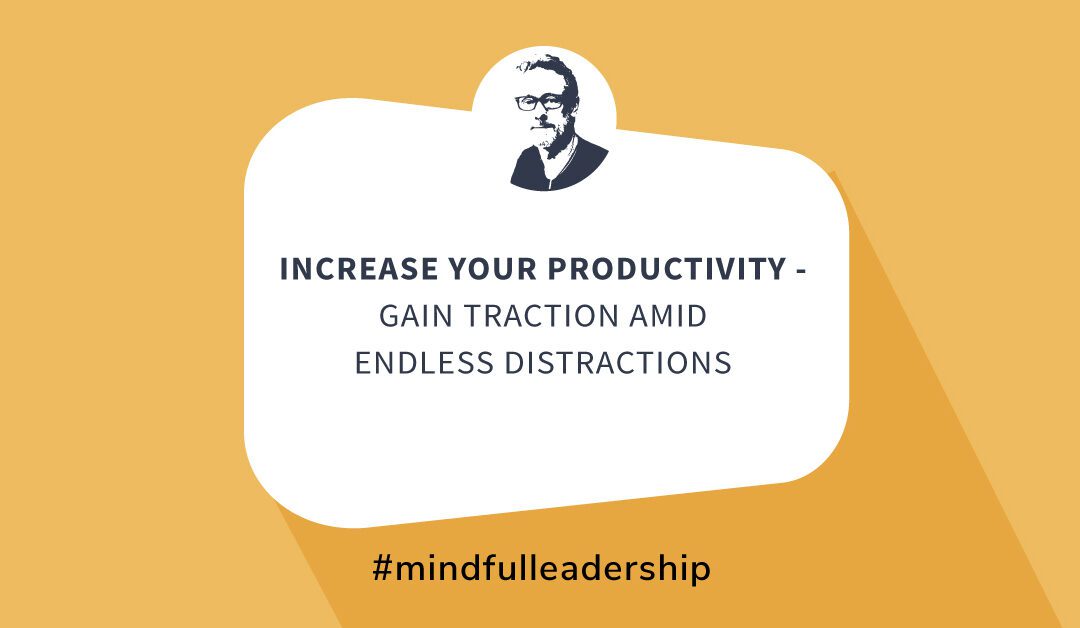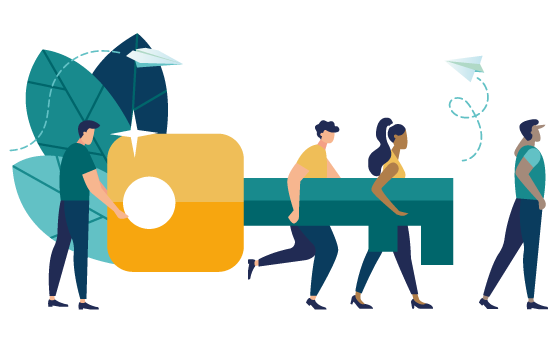
5 Steps to Re-Imagine Your Business Post COVID-19
5 Steps to Re-Imagine Your Business Post COVID-19
(Custom Organizational Visioning Implementation Design)
 By Grant Ian Gamble | June 1, 2020
By Grant Ian Gamble | June 1, 2020
Grant Ian Gamble is a business growth consultant, author and keynote speaker. He works in a broad array of industries helping companies build teams, navigate change and drive growth.
Every one of our clients has one thing in common: they’re all in un-chartered waters.
As we work through the many intricacies and conundrums created by the COVID-19 crisis, we are beginning to see a glimmer of light at the end of this very dark tunnel.
Our strategy sessions are shifting from crisis management to re-imagining what the future may look like for businesses as restrictions ease, but many unknowns remain.

When we work with a company to plan their next steps, we find that we’re not just helping with strategy, planning and decision making.
We’re now helping with aspects of team re-engagement and self-care, challenges of customer re-acquisition, and the critical elements of how to lead and manage the inevitable re-engineering of their very business.
During this re-engineering phase, we fall back on a five-step process we usually use to onboard clients. This simple process helps us apply our expertise to clients’ unique circumstances in these uncertain times.
5 Steps to Re-Imagine Your Business Post COVID-19
Step 1: DISCOVER
It’s amazing what we unearth at times. Very often during the discovery phase, issues or challenges that the leaders have, or have not been aware of come up. We appraise the leadership of fundamental issues and opportunities that exist within the company. In this time of ultimate upheaval, this is a great time to re-imagine your business leveraging some of these opportunities or releasing itself from some of these legacies and holdovers.
Step 2: STRATEGIZE
The fluid nature of this current set of circumstances works well with our approach to strategy. We help our clients look out to the horizon while we place singular focus on the near to mid-term needs. In an evolving situation such as we face at present, making plans for 12 months from now is fraught with peril. We work on a rolling three-month plan, which allows for constant course corrections.
Step 3: PLAN
We feel it’s important to separate planning from strategy. Strategy drives the plan, but this is where we take the strategy and put the detail to it. We work with our clients to allocate resources and responsibilities to get the strategy executed. We consider potential issues and put failsafes in place where necessary.
Step 4: IMPLEMENT
This is where the rubber hits the road. Many times consultants step away at this point, but this is where we step up. There are inevitable gaps and hurdles that come up in the implementation process and our goal is to be a resource to ensure maximum traction for the leaders and their team during this critical phase.
Step 5: RE-ASSESS
This part of the process allows us to help monitor progress and determine if the plan is gaining traction. We feel this is a critical part of our responsibilities to help ensure that things are on course and that we realign the plan, as needed, in real-time.
In truth, our clients do not need us to define this process for them.
Where we offer unique value is by bringing external perspectives and experience to the process.
Our team works in a wide variety of industries ranging from manufacturing to professional sports, and this broad portfolio helps us inform our clients in ways that help them re-imagine their business beyond the normal constraints of their particular industry.
Whether you engage consultants to assist you in re-imagining your business or not, this simple five-step process is a very practical way to think about how to reboot your business.
Taking the time to envision your business in the coming months and years will pay dividends as the new world order unfolds.
Other Articles to Help You Through Uncertain Times:
-
Strategies to Follow as You Re-Open or Re-Imagine Your Business in the New COVID-19 Reality
-
How to Transcend Troubling Times
-
4 Tips to Proactively Address the Stress of COVID-19
-
Change Management During Uncertain Times
-
26 Non-Negotiables, Opportunities & Tips for Surviving and Thriving During and After the COVID-19 Pandemic
-
30 Business Sectors That Are Booming During the COVID-19 Pandemic
-
Overcoming F.E.A.R. During COVID Uncertainty
-
Virtual Training During and Beyond COVID-19
-
Virtual Stand-Up: A Simple Communication Tool for You and Your Team During COVID
-
13 Tips to Help Your Business Survive the Coronavirus Pandemic
Fill out the form below and receive a PDF download of "6 Key Strategies to Engage Untapped Fitness and Wellness Market Segments"
Let's Connect!
CUSTOMER EXPERIENCE, TEAM ENGAGEMENT & WORKPLACE WELL-BEING: AFFINITY OS™ | WELLNESS INTEGRATION | MINDFUL LEADERSHIP: "THE AFFINITY PRINCIPLE"
0475 866 592

The Affinity Principle™ by Grant Gamble presents a formula for business success through a people-centric, mindful leadership approach.
PEOPLE FIRST, ALWAYS.
















